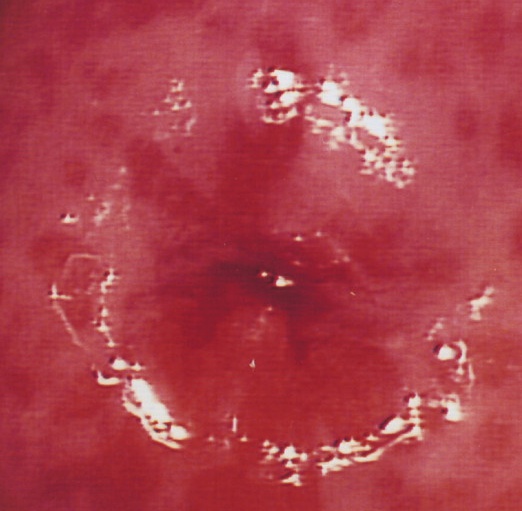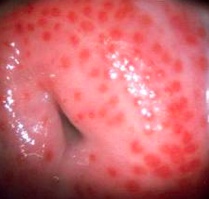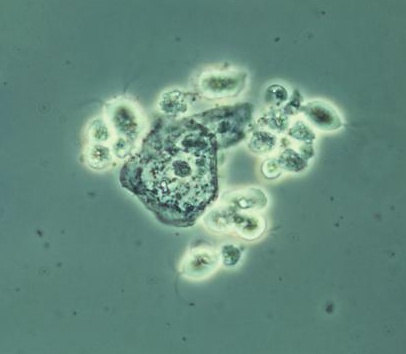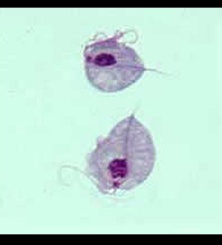Trichomonas vaginalis
Sexually transmitted flagellated protozoa responsible for the urogenital infection known as trichomoniasis.

Can be distinguished from other flagellated protozoa in that it lacks a cyst form
– the organism is sexually transmitted and rarely leaves its host.
Women can become an asymptomatic carrier or present with acute vaginitis (burning, pruritis, dysuria, and frequency).
Vaginal exam of women infected shows an erythematous, “strawberry” cervix.
Produces a green, foul-smelling vaginal discharge. (frothy discharge)
yellow/green lights, cervix painting, foul smelling fire


Men infected are usually asymptomatic and often spontaneously resolves. Symptomatic patients may present with signs of urethritis.

Diagnosis is made via laboratory testing that may include
-
Visualization of pear-shaped flagellated trichomonads on wet mount
-
motile trophozoites (classically called “corkscrew” motility) due to flagellated movement.
-
Positive culture
-
Positive nucleic acid amplification test
-
Rapid antigen or DNA hybridization probe test




A vaginal wet mount (or vaginal smear or wet prep) is a gynecologic test wherein a sample of vaginal discharge is observed by wet mount microscopy by placing the specimen on a glass slide and mixing with a salt solution.
Vaginal pH in the setting is > 4.5. In contrast, vaginal pH is normal (4.0 - 4.5) in the setting of Candida vulvovaginitis.

Treatment includes metronidazole to both the affected individual and their sexual partners.

Trichomonas vs gardnerella
Key distinguishing features of each infection are listed below:
| Trichomonas vaginalis | Gardnerella vaginalis | |
|---|---|---|
| Symptoms | Itching & burning | Non-painful |
| Discharge color | Green | Grey |
| Discharge smell | Foul | Fishy |
| Microscopy findings | Motile trophozoites | Clue cells |